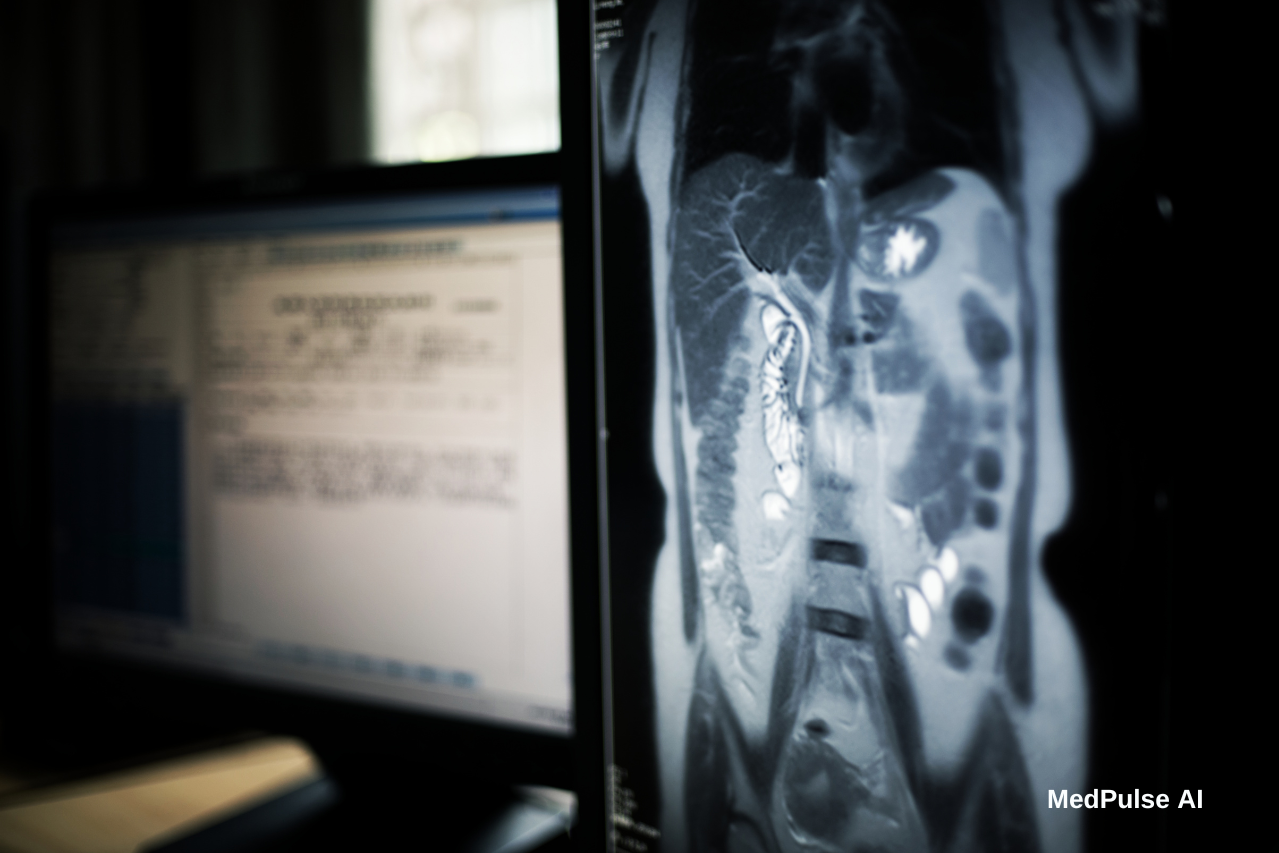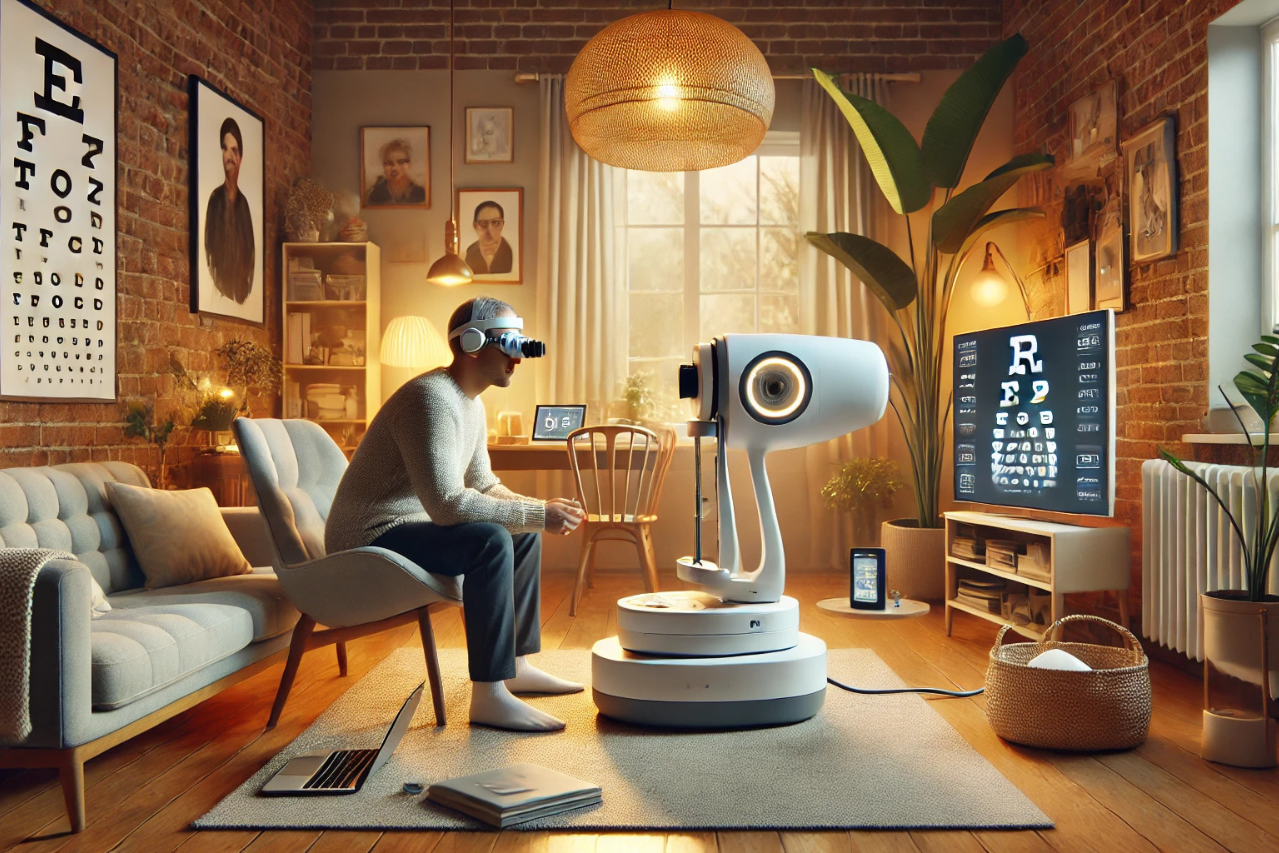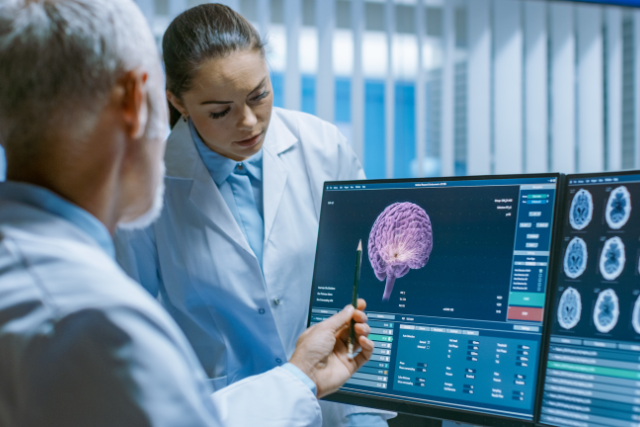The idea of artificial intelligence (AI) predicting our dietary preferences might sound futuristic, even amusing. But a recent study highlights a surprising and cautionary tale: AI models can be trained to predict seemingly unrelated behaviors—like whether someone avoids eating refried beans or drinking beer—simply by analyzing medical images, such as knee X-rays. While this ability might appear impressive, it raises serious questions about how AI achieves these results and the potential for misleading conclusions.
The Experiment: Predicting Beans and Beer from X-rays
Using convolutional neural networks (CNNs), researchers trained models to determine whether patients reported avoiding refried beans or drinking beer based on knee X-rays. Surprisingly, these models achieved some level of success, with an area under the curve (AUC) score of 0.63 for beans and 0.73 for beer—figures that are better than random guessing.
However, there is a catch. The models weren’t uncovering hidden truths about dietary preferences encoded in knee anatomy. Instead, they were exploiting patterns in the X-rays linked to confounding factors, such as the clinical site where the images were taken or the type of X-ray machine used. These subtle and unintended patterns allowed the models to make predictions, not because of meaningful physiological correlations but because of superficial associations in the data.
Shortcut Learning: The Hidden Flaw in AI Predictions
This phenomenon, known as shortcut learning, is when AI models find and rely on simple, easily detectable patterns in data rather than genuinely understanding complex relationships. For example, differences in X-ray imaging protocols, machine settings, or even the font of laterality markers (indicating left or right knee) can inadvertently provide clues that influence predictions.
In this case, the AI wasn’t learning about eating habits directly—it was picking up on latent variables, such as the clinical site’s unique imaging practices, which happened to correlate with patient survey responses. This shortcutting allows models to achieve high accuracy for reasons unrelated to the actual task, leading to results that lack real-world validity.
Can AI Really “See” Your Eating Habits?
While it’s tempting to marvel at AI’s ability to make such unexpected predictions, it’s essential to approach these findings with skepticism. The study highlights how models often exploit unrelated, confounding factors rather than uncovering meaningful insights. For example:
- Confounding Variables: The clinical site where the X-ray was taken, the type of X-ray machine, and even the year the image was captured all influenced predictions.
- Latent Variables: Subtle pixel patterns unique to certain imaging protocols acted as hidden clues, guiding the model’s predictions.
When these confounders were partially addressed—such as by blinding the model to the clinical site—the AI’s accuracy dropped only slightly, revealing how entrenched these shortcut patterns are.
Implications for AI in Healthcare and Beyond
The implications of this study extend far beyond beans and beer. Shortcut learning is a pervasive issue in AI, particularly in medical imaging, where the stakes are much higher than predicting eating habits. AI models designed to diagnose diseases or predict treatment outcomes could similarly rely on superficial correlations, leading to biased or unreliable conclusions.
For example, prior studies have shown that AI can detect patient demographics (e.g., race, gender, or age) from chest X-rays or retinal scans—attributes that shouldn’t directly influence medical diagnoses. This capability underscores how easily models can latch onto unintended patterns in data.
What This Means for AI Predictions
The key takeaway is that AI’s predictions are only as reliable as the data and methods used to train it. In this case, the study illustrates several important lessons:
- AI Models Are Not Hypothesis Tests: Unlike traditional scientific methods, AI does not inherently explain why certain predictions are made. Its “black-box” nature can obscure whether predictions are based on meaningful insights or superficial patterns.
- Preprocessing Is Not Enough: Even with rigorous preprocessing to standardize images and remove obvious biases, latent variables still influence predictions. For example, the models in this study continued to predict clinical site with high accuracy despite efforts to neutralize this variable.
- High Accuracy ≠ Valid Insights: While the models demonstrated relatively high accuracy, their predictions lack face validity—there is no plausible reason why a knee X-ray should reveal dietary preferences. This disconnect highlights the danger of interpreting AI results at face value.
- Context Matters: Medical images, such as X-rays, contain an immense amount of information beyond what the human eye can perceive. This can lead to both exciting discoveries and unintended pitfalls, as AI may identify patterns that have no clinical significance.
Moving Forward: A Cautious Approach to AI
As AI continues to expand its role in healthcare and other fields, understanding the limitations of shortcut learning is crucial. Predicting dietary habits from knee X-rays may seem like a harmless demonstration, but similar flaws in medical diagnostics could have far-reaching consequences.
To ensure AI’s reliability and trustworthiness, researchers, clinicians, and developers must:
- Adopt Rigorous Validation Standards: AI-based studies must go beyond reporting high accuracy and thoroughly evaluate whether predictions are based on meaningful relationships.
- Be Transparent About Limitations: The “black-box” nature of AI should be acknowledged, and results should be interpreted with caution, particularly when findings lack clear biological or clinical explanations.
- Use AI as a Complement, Not a Replacement: AI should support human decision-making rather than serve as a standalone solution, especially in high-stakes applications like healthcare.
While the idea of AI predicting your eating habits from a knee X-ray might capture the imagination, this study underscores the risks of overinterpreting AI’s capabilities. Models can achieve high accuracy by exploiting unintended patterns in data, leading to results that are both impressive and misleading. As we continue to integrate AI into our lives, a careful, skeptical approach is essential to separate genuine insights from the seductive allure of technological wizardry.




